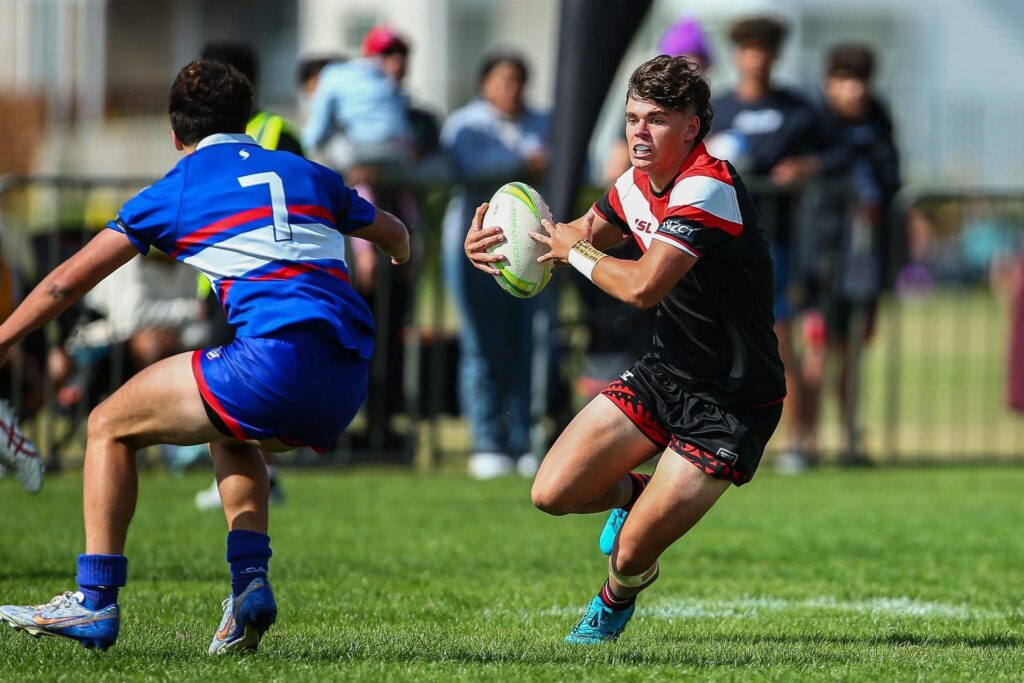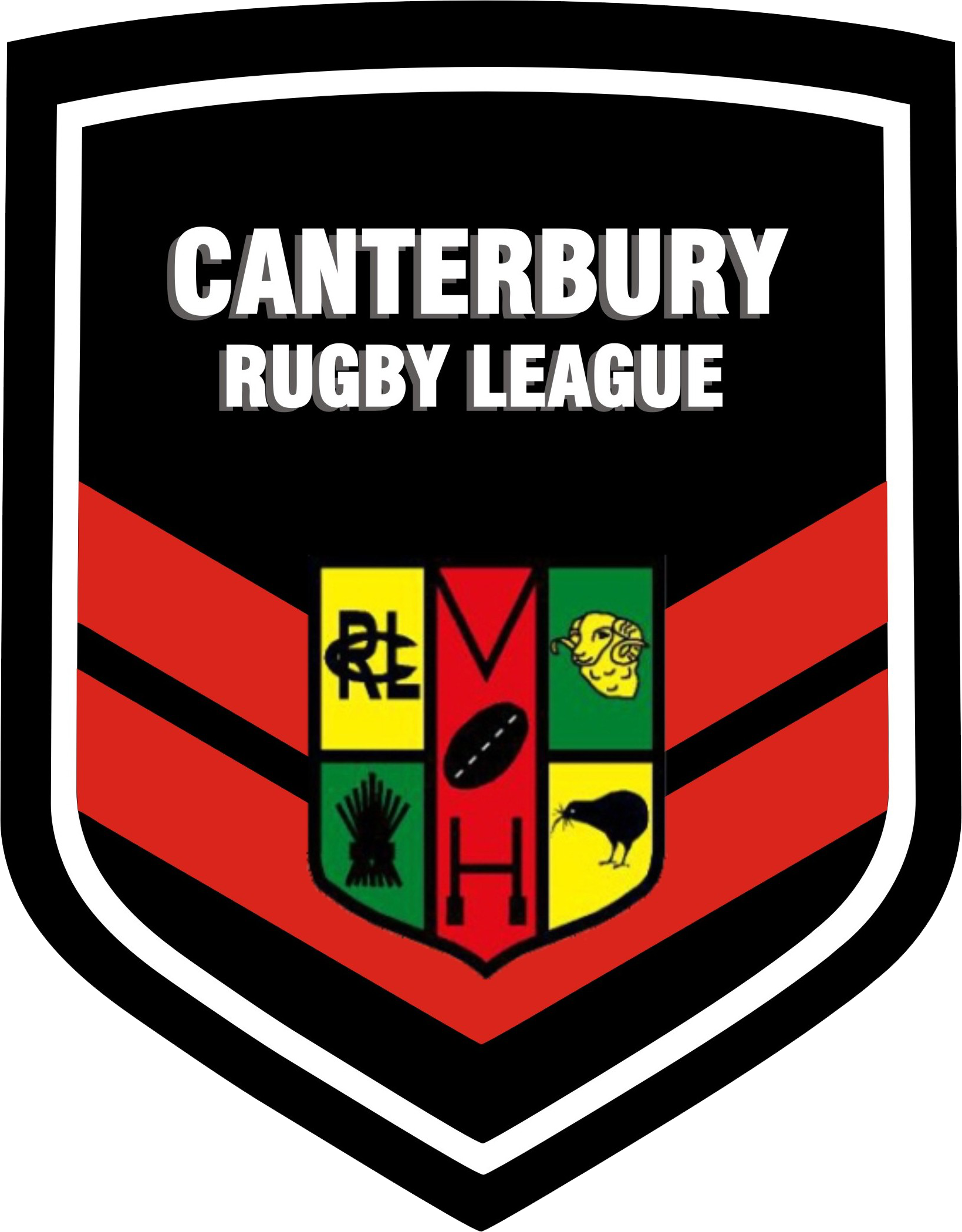CANTERBURY RUGBY LEAGUE RETURNS TO STANDALONE DISTRICT STATUS
For the purposes of playing in NZRL National Tournaments and Competitions, Canterbury Rugby League will return to standalone district status in 2024 after signing a Memorandum of Understanding with Southern Zone Rugby League.
Canterbury has come under the Southern Zone banner – along with five other districts – since 2009, when New Zealand Rugby League switched to a countrywide zonal structure following a review committee recommendation in the wake of the Anderson Review. The push towards becoming a standalone district aligns strongly with CRL’s 2023-26 Strategic Plan.
The most significant upshot of the change is Canterbury regaining its own presence at national youth tournaments from 2024, providing a direct line of sight from age-group representative rugby league to the elite SENZ Men’s Canterbury Bulls and Trillo Metals Women’s Canterbury Bulls teams.
Since 2009, up-and-coming Canterbury players have instead represented Southern Zone-administered South Island Scorpions teams at national youth tournaments. In 2010 and ’11, Canterbury’s senior men’s players competed in the NZRL National Competition as part of Scorpions squads, before the Canterbury Bulls returned in 2012.
“During our strategic plan consultation process with stakeholders in late-2022, a common theme that was communicated was the need for Canterbury to regain its identity at national level by having Canterbury youth teams represented,” Canterbury Rugby League CEO Malcolm Humm explains.
“Although there was recognition that the zonal model was required at the time of the review into the NZRL back in 2009, our stakeholders believe that it is now time for Canterbury to become its own standalone district.”
A vital component of this push was Canterbury Rugby League’s desire to preserve and build on its rich 111-year history.
The recent reunion celebrating 30 years since the famous win over Auckland in the 1993 National Championship final – the highwater mark of a golden era and one of Canterbury Rugby League’s greatest days – was a poignant reminder of the need to maintain the integrity of the province’s colours that have been worn so proudly on the field by hundreds of men, women and juniors over the past century.
Canterbury flourished at national level during the 2000s, a challenging and transitional period for the code at grassroots level, but there is a sense in the region that its flagship teams have lost some of their identity since then.
“Senior representative coaches were feeding back to CRL that they felt there had been some pride lost in the Canterbury jersey due to players not having the opportunity to play in the red and black as youths,” Humm reveals.
“This abundance of feedback was taken on board and supported by the Canterbury Rugby League board and discussions with Southern Zone commenced.
“This is a huge step forward for rugby league the Canterbury region.
“In terms of pathways, players across age groups will now have the opportunity to learn and train alongside their district peers, ensuring the pathway is visible and a reality. The shift also provides an opportunity for coaches to progress through the same pathway.
“This is a similar model that Canterbury Rugby League, through then-Bulls coach Phil Prescott, developed back in the early-2000s that led to a lot of success.”
It is expected Canterbury’s return to standalone district status and regaining its identity will also be less confusing for the general public, which Humm hopes will draw more players and volunteers to the game.
Meanwhile, he expects that local businesses will see a great opportunity to partner with Canterbury Rugby League and leverage off this wider scope.
Canterbury Rugby League thanks Southern Zone Rugby League for its cooperation in facilitating this change and New Zealand Rugby League’s support in the path back to standalone district status.

